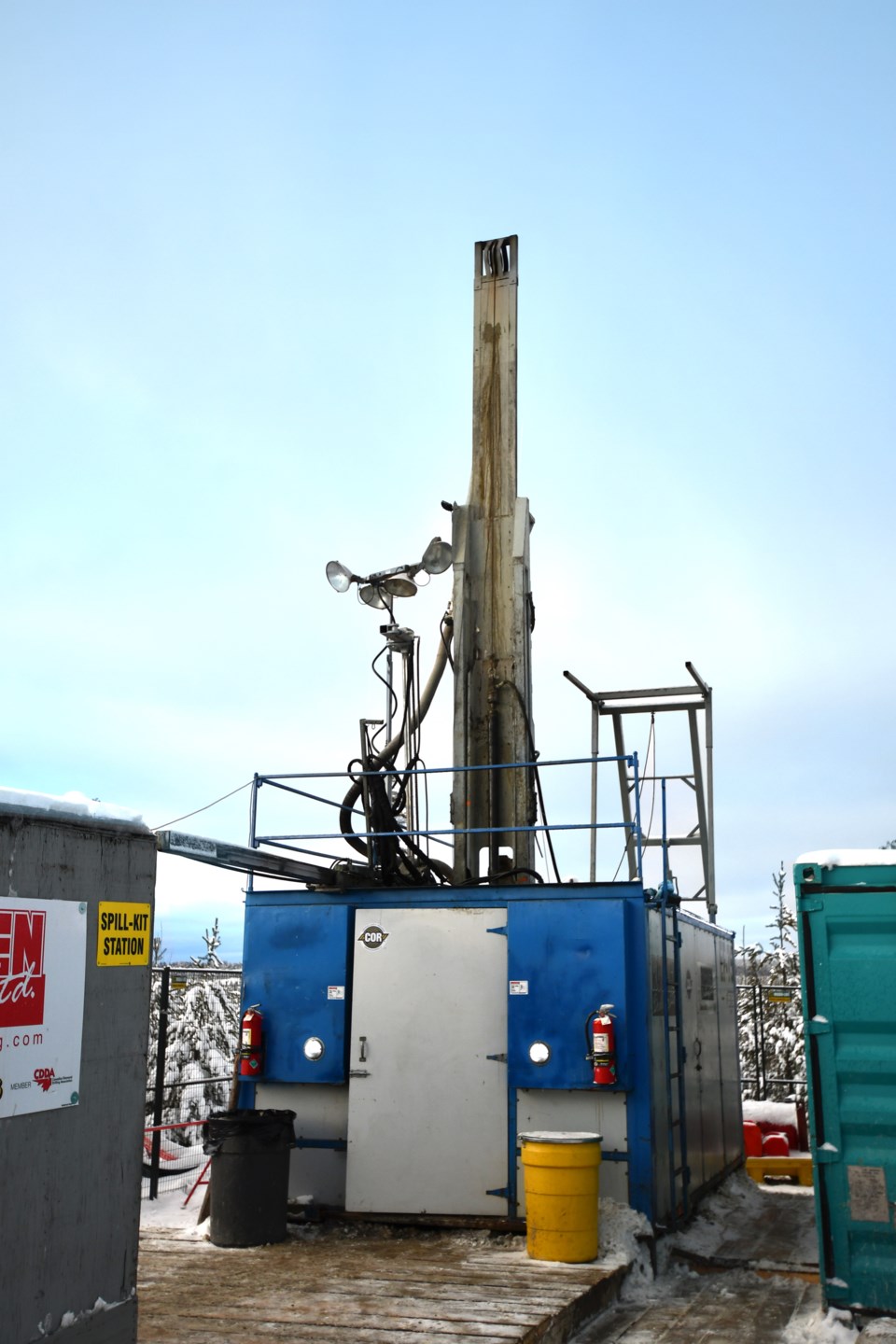The Nuclear Waste Management Organization (NWMO) is moving toward the next step in evaluating northwestern Ontario locations for a future underground storage facility.
That will entail drilling boreholes near Manitouwadge and Hornepayne.
NWMO last year completed its first borehole, in the northwest, 1,000 metres into the Canadian Shield, at a location about 35 kilometres west of Ignace.
Additional drilling is expected to be conducted in the coming months in the geological formation called the Revell Batholith.
NWMO has not yet identified its preferred location for Canada's underground nuclear waste repository.
Spokesperson Bradley Hammond says the organization is "working through the process now to get towards initial boreholes around both Manitouwadge and Hornepayne."
In the meantime, residents of the two communities will receive updates on the evaluation process from NWMO during a pair of open house meetings in mid-June.
"It's so the communities have access to the most accurate and up-to-date information...It will be an opportunity for residents to speak with experts around any questions they may have," Hammond said.
He added "In particular, we want to make sure we're providing updates around some ongoing environmental work in the area, regarding the ongoing site selection process, and then the potential for borehole drilling."
According to NWMO, the country currently has an inventory of nearly three million used nuclear fuel bundles.
If stacked like cordwood, they could fit into eight hockey rinks from the ice surface to the top of the boards.
The process of selecting a storage site began in 2010 and is not expected to be completed until 2023.
It's estimated that it will take an additional 10 years to construct the underground repository.
This story originally appeared on TBNewsWatch.com.




